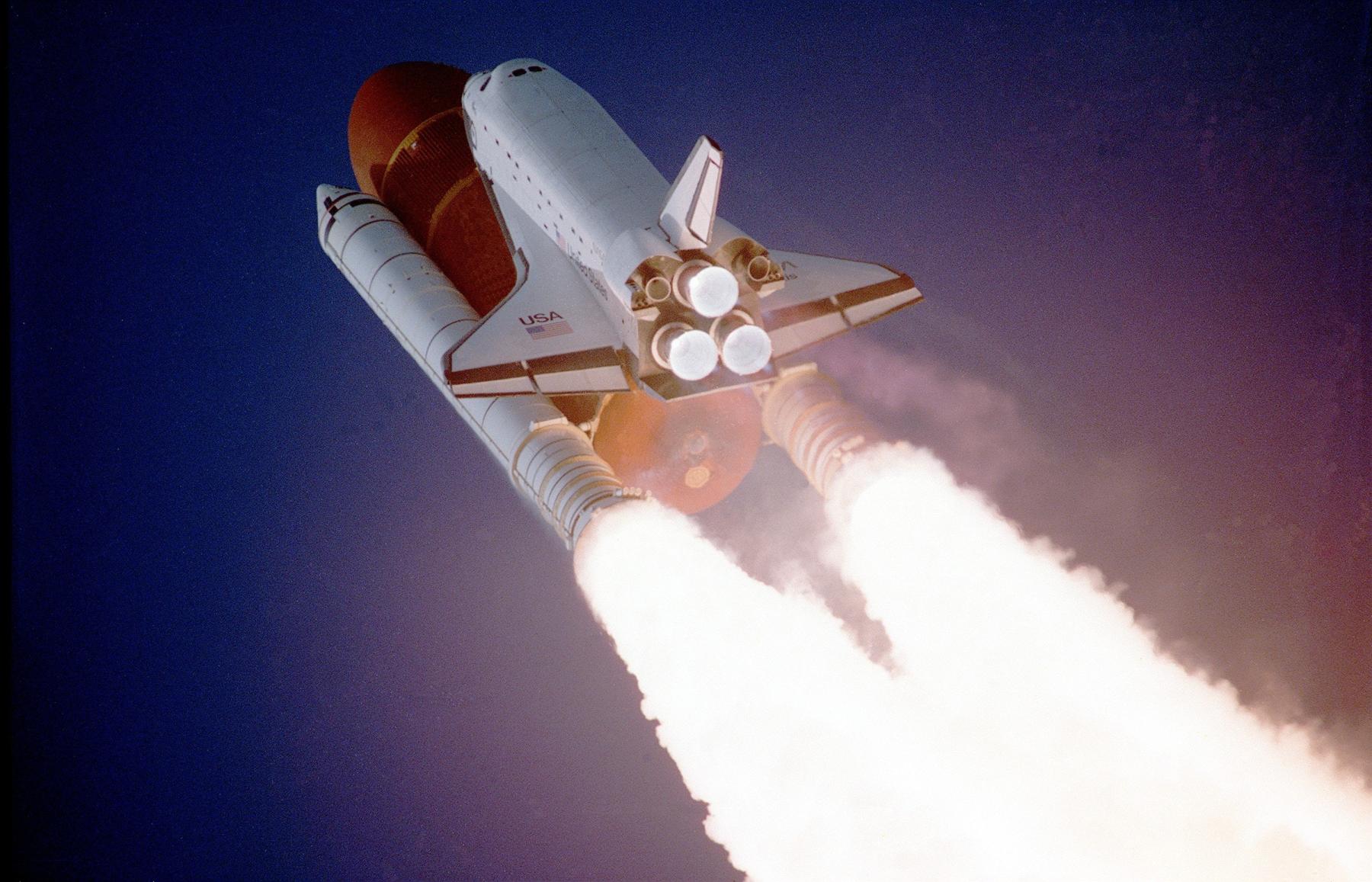
Rocket Launch Algebra 2
by Lisa Mills
In this hands-on and engaging lesson, students build and launch model rockets. They explore the forces acting on the rocket and design an experiment They predict the time to apogee based on manufactures specifications, calculate the maximum velocity using trigonometric functions and calculate the height of the rocket based on experimental time data.
Lesson Grade Level
11th GradeLesson Plan Link/URL
https://docs.google.com/presentation/d/1J_7us_-EKDsgO5ErNtzAwrBN6ZWvN7wS/edit?u…Subject Area
Science Physical Science P3: Net Force P4: Energy Transfer Engineering S2: Apply the Engineering Design Process S3: Apply Mathematics to Engineering S4: Apply Science to Engineering Mathematics Measurement and Data (MD) Functions (F) Reasoning with Functions and Relations (RFR) Reasoning with Trigonometry (RT)
Featured
Off
Related Content

Grades:
4th Grade, 5th Grade
In this hands-on lesson, students will explore how speed is calculated, what inertia is and apply it to Newton’s Laws of Motion. They use the engineering design process to construct race cars out of

Grades:
8th Grade, 9th Grade
Make quadratics come alive with stomp rockets! This is a 3-4 hour learning experience where students will build and launch paper rockets, then use the data to create quadratic equations.

Grades:
7th Grade, 8th Grade, 9th Grade, 10th Grade, 11th Grade, 12th Grade
Dive into the physics and engineering and programming of holonomic drives! Learn to code and control movement for your FTC robot with hands-on activities and real-world applications.